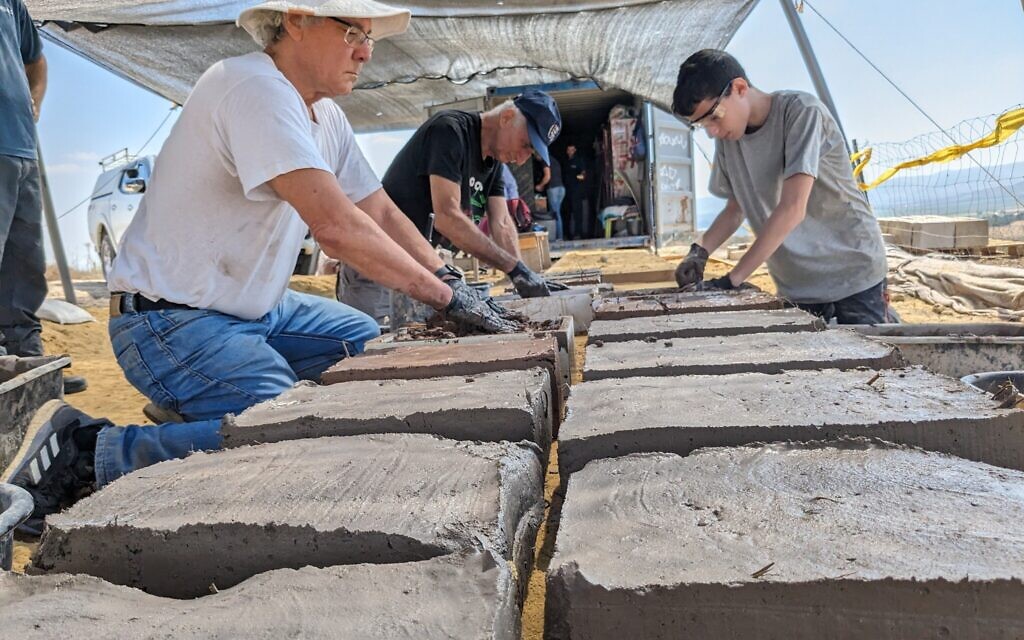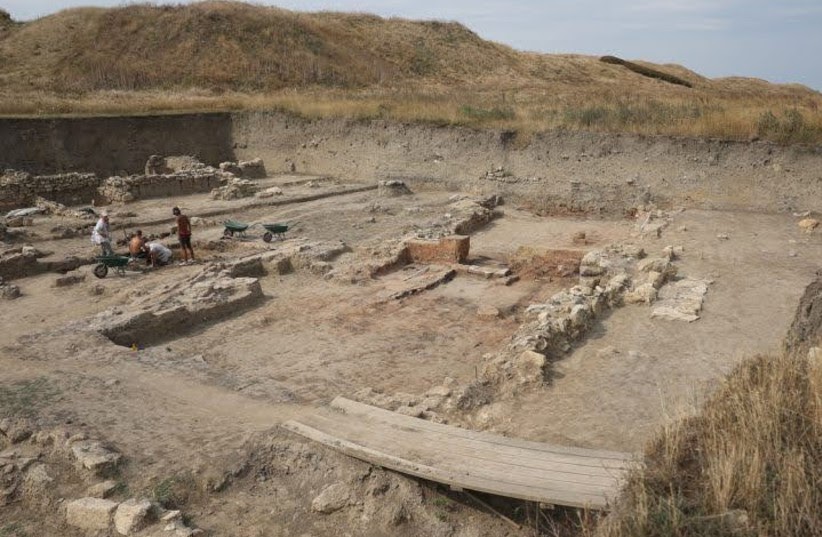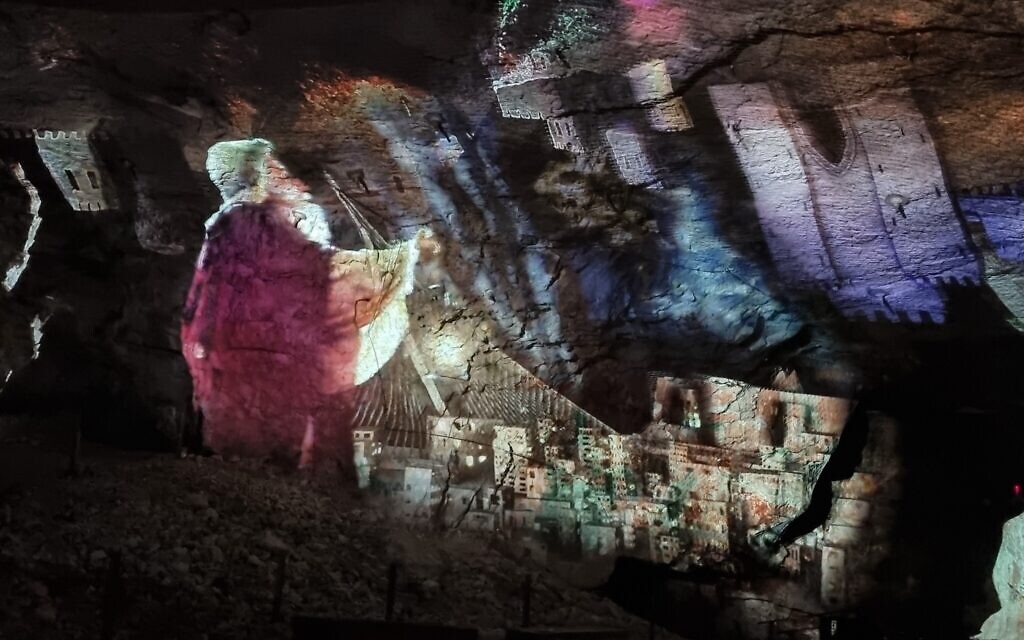Sixties Fan
Diamond Member
- Mar 6, 2017
- 55,741
- 10,655
- 2,140
- Thread starter
- #5,281

Amateur archaeologists can help conserve the crumbling Tel Gezer, one brick at a time
Enthusiasts and those curious about archaeology are able to aid the Israel Antiquities Authority's conservation work Thursdays in July using a 3,500-year-old brick-making technique
















.jpg)






